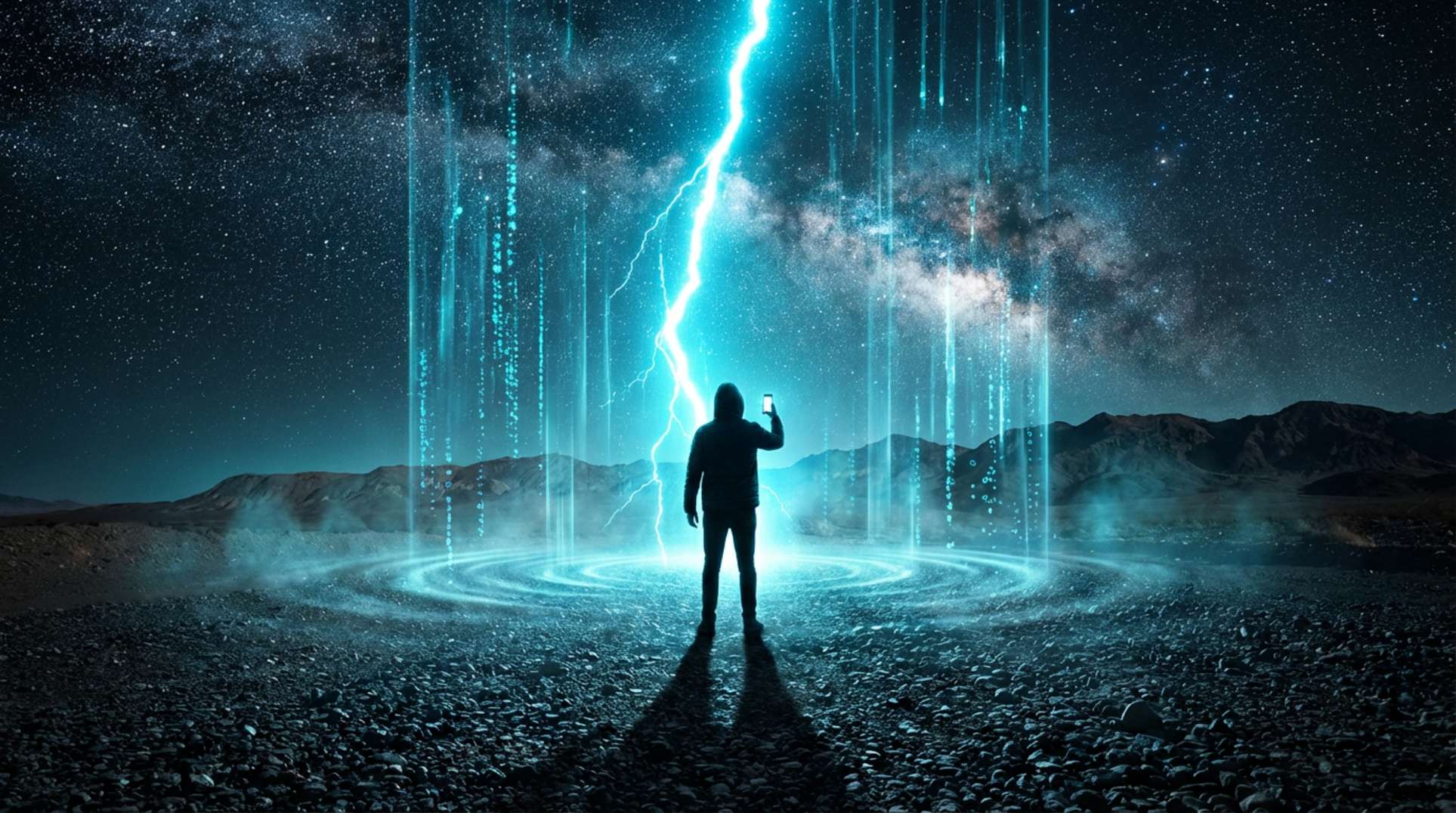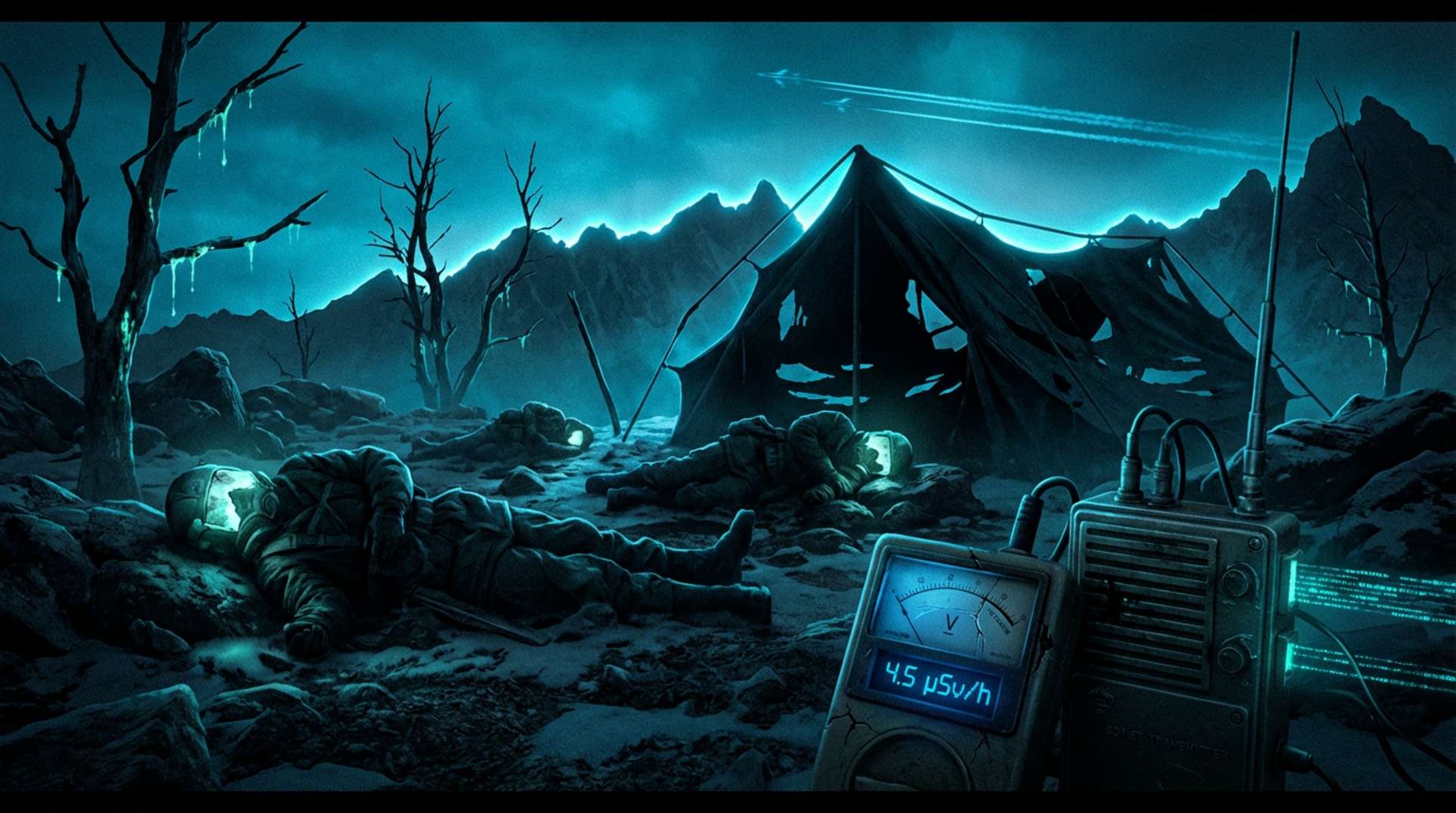If you think prepping is only for bearded hermits and reality TV, Congressman Roscoe Bartlett would like to speak with you. After two decades on Capitol Hill, he witnessed the fragility of American systems. Bartlett recognizes one truth: the grid—and the civilization built atop it—can collapse in an instant. His knowledge, illustrated through his off-grid mountain homestead and candid interviews, now serves as a masterclass in rational survival. This lesson is painfully relevant as threats from EMPs (electromagnetic pulses), cyberattacks, and solar flares grow.
But Bartlett’s plan isn’t mere tinfoil hat theater. He understood that most ‘grid-down’ threats are real and catastrophically underestimated. Whether the cause is hostile actions, as explored in this detailed Forbes analysis, solar activity mirroring the historic Carrington Event, or the ticking clock of infrastructure decay, America remains, as Bartlett stated, “nine meals from anarchy.”
Why Bartlett Sounded the Alarm: EMPs, Solar Storms, and Systemic Fragility
Bartlett’s warning rooted itself in brutal logistics. As the Task & Purpose report details, an EMP or similar disaster wouldn’t just flip your light switches off; it would destroy the electronics driving everything from water delivery to communication and first responder networks. The science behind EMPs, summarized on Wikipedia, shows that a burst can incapacitate grid hardware in seconds. Recovery could take months or more. Bartlett foresaw a domino effect: electrical, financial, medical, and transport systems failing in concert. Picture a world gripped by anomaly cycles and population crises, as described in this in-depth report and with existential threats pinpointed at the edge of science and AI.
Bartlett’s Homestead: Living Proof of Resilience
After leaving Congress, Bartlett built a residence miles from the nearest power lines, designed to thrive off any centralized system for months or even years. Solar panels, water catchment, off-grid food storage, and old-school manual tools became necessities. Bartlett famously rejected the idea that prepping is “extreme,” claiming it’s good sense considering the historical frequency of civilization reset events, as noted in scientific cycles research. His setup, documented in multiple interviews, allows total independence from a grid that, by his estimation, is just one catastrophic pulse away from becoming scrap metal.
Bartlett emphasized that families should not fixate on fortresses but rather prioritize robust food, water, and communication redundancies. His strategy aligns with grim warnings in discussions of large-scale civilization collapse and the dangers highlighted in apocalyptic forecasts like this global security deep dive. Don’t confuse his approach with paranoia; it simply hedges against the system’s known vulnerabilities.
Blackout Dominoes: What Really Happens After the Lights Go Out
No one wishes to envision the modern world unraveling overnight. Yet expert testimony before Congress—available via official congressional transcripts—regards EMPs and grid attacks as almost inevitable. In the first few days, desperate runs on grocery stores would occur, communications would collapse, and everything dependent on electricity would fail. Within weeks, city infrastructures would crumble, water would become unsafe, and public order would be endangered. This echoes recent studies highlighting deep-seated societal vulnerabilities, environmental triggers, and the bleak scenarios mapped in recent anomaly bulletins.
Bartlett drew clear lines: those prepared to live independently would not only survive; they’d serve as pockets of hope amid chaos. This scenario also reflects broader analyses of tectonic and climate risks, showcasing the interconnectedness endorsed by platforms like Unexplained.co.
Your Own Grid-Down Checklist: Practical, Not Paranoid
Bartlett, ever the pragmatist, urged families to shift their mindsets: practice going off-grid, stock at least three months’ worth of food and water, and invest in alternative energy and communication methods. Forget doomsday chic; focus instead on re-learning survival logic. The physics of EMPs—and the chilling prospect of both natural and artificial grid events—means that every year you ignore preparation is another year you leave your fate to chance.
As society confronts converging crises from AI, climate change, or human folly, Bartlett’s off-grid example remains a potent template for resilience in a world addicted to electricity and dangerously allergic to risk.




